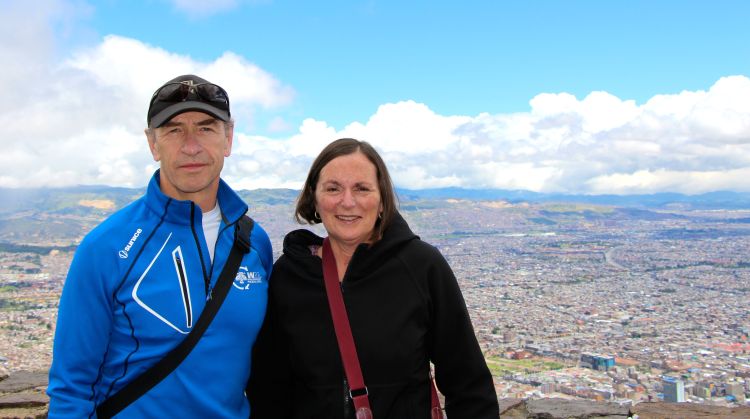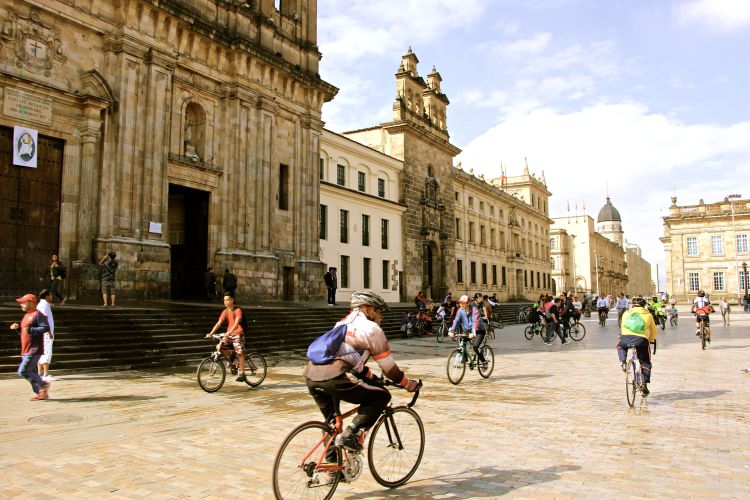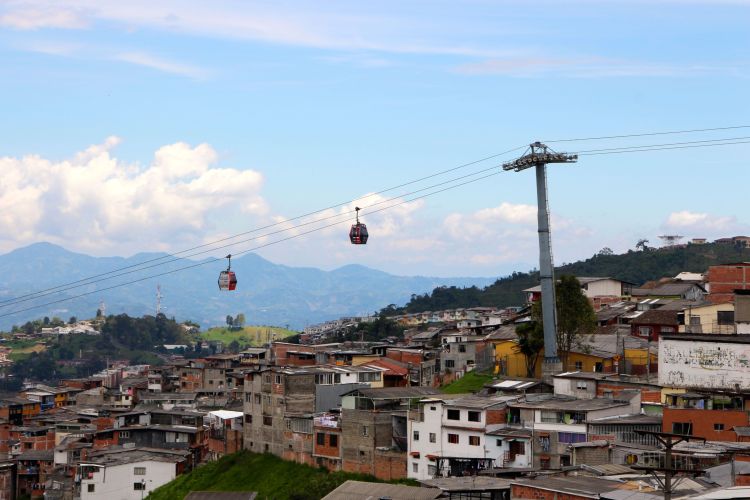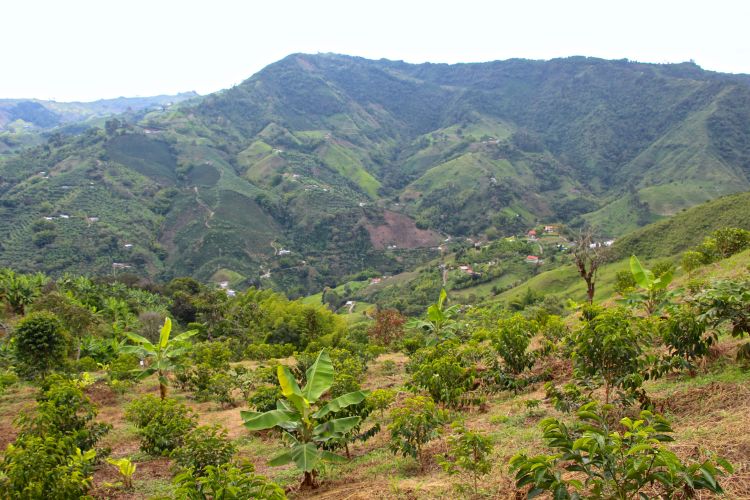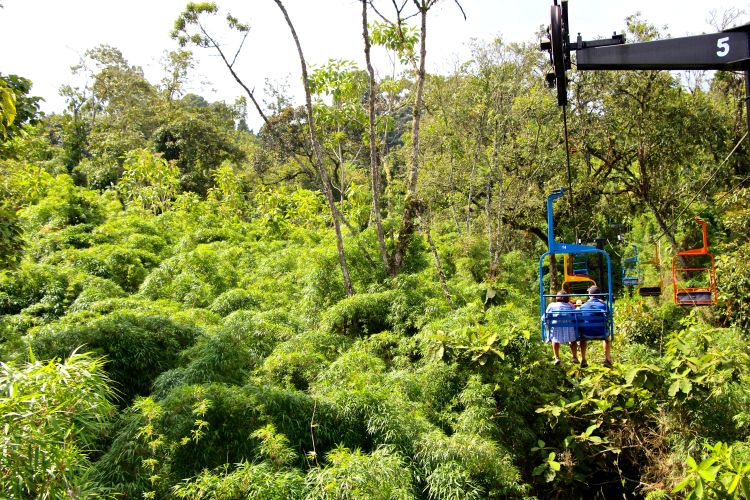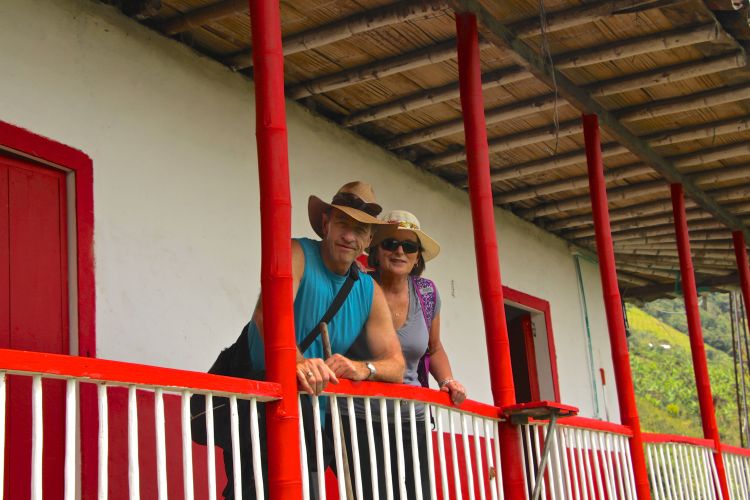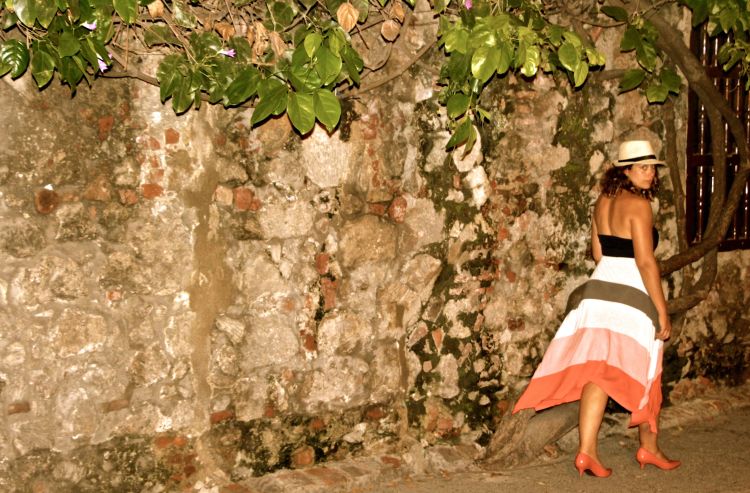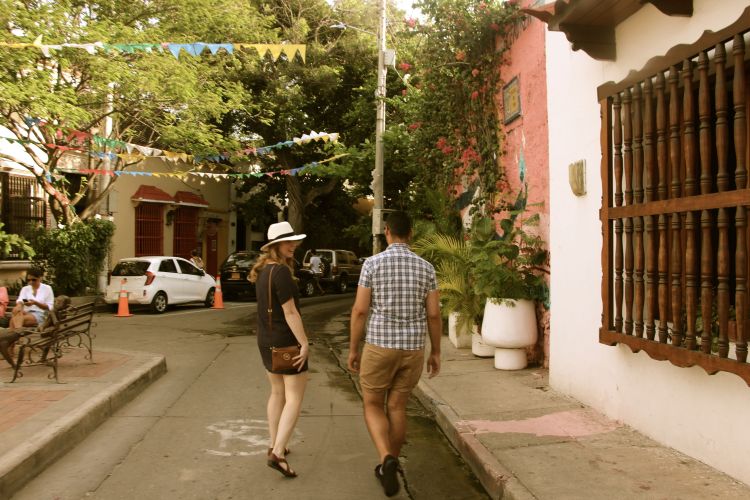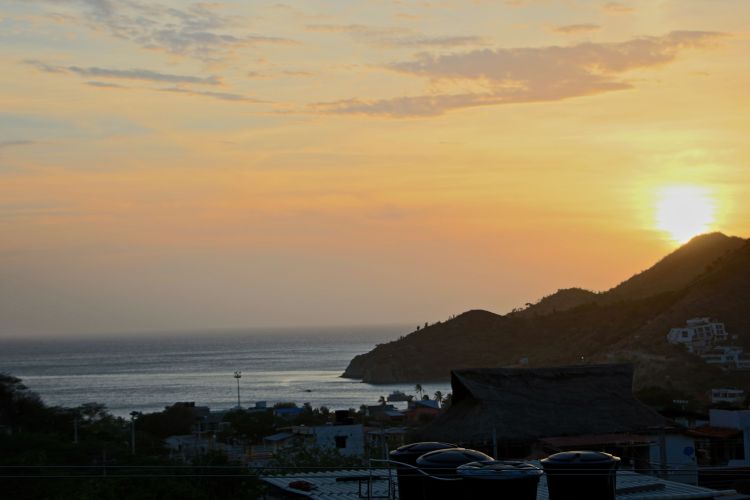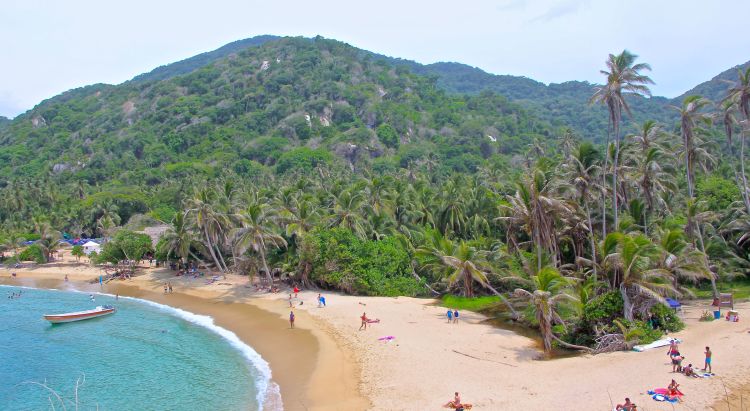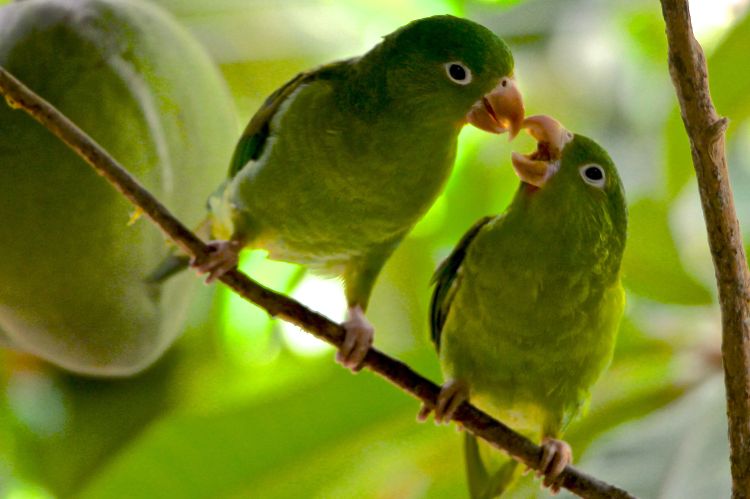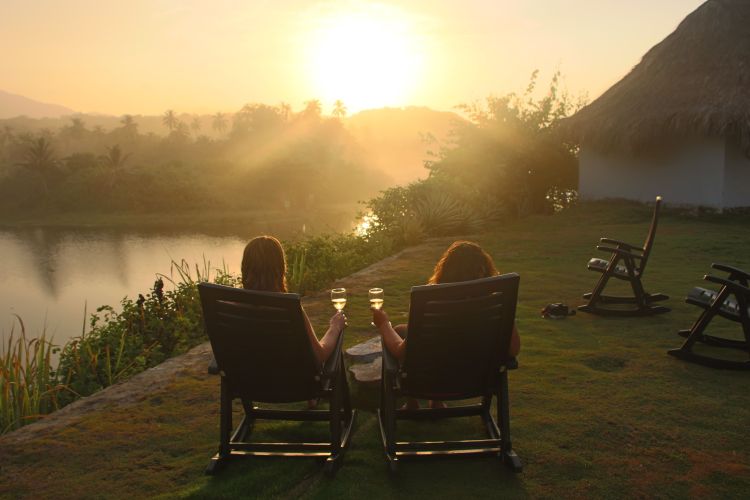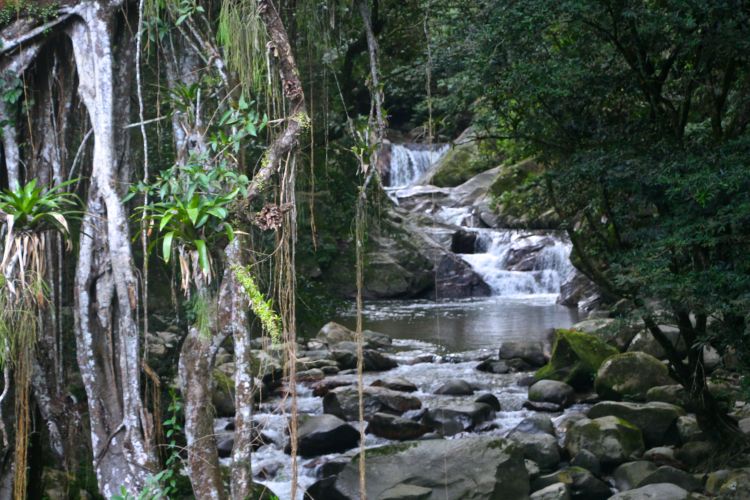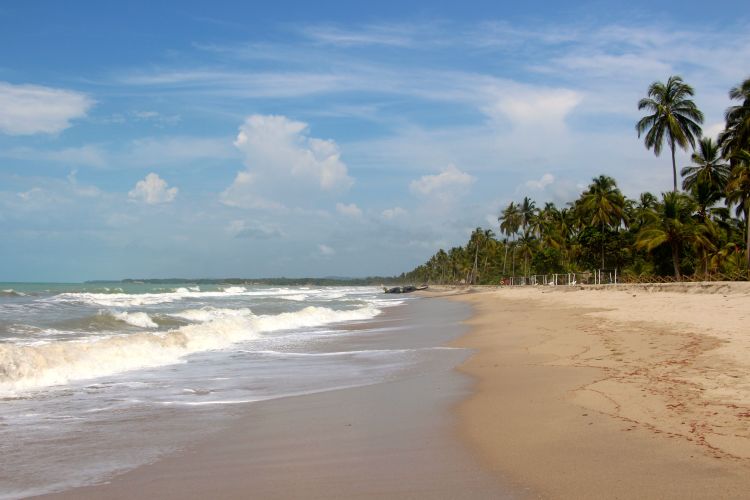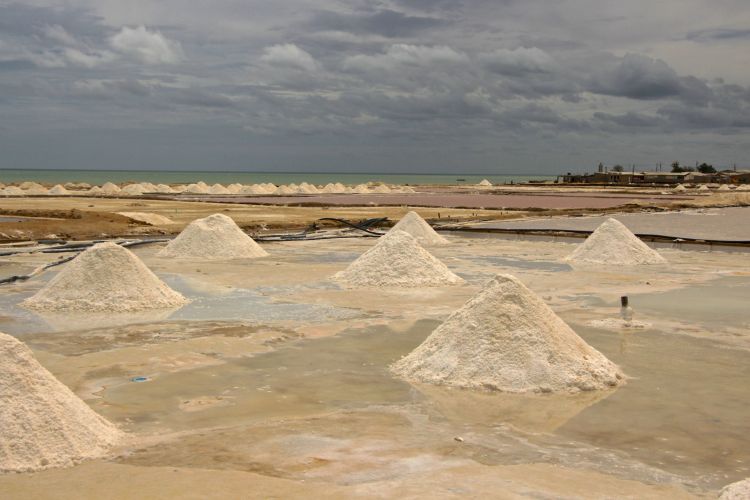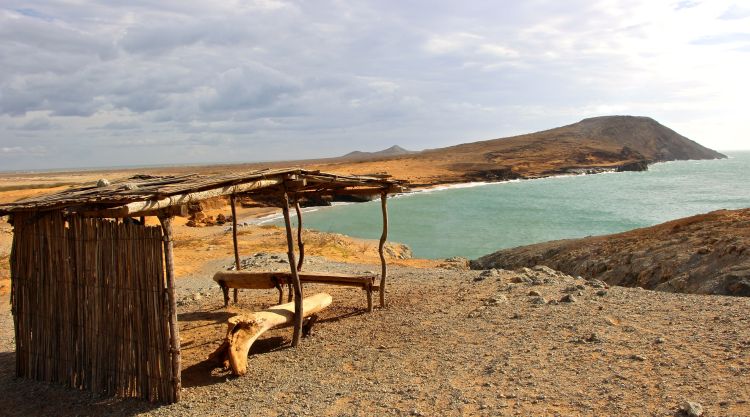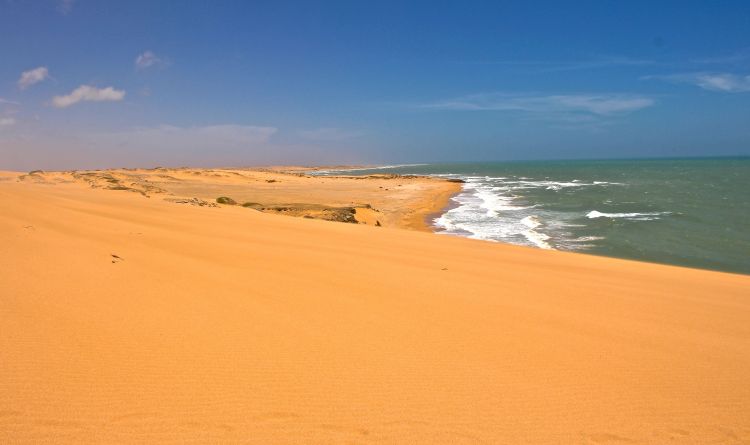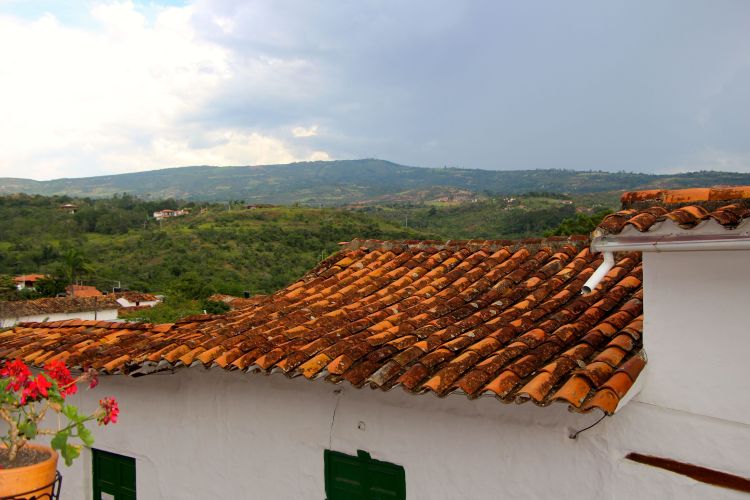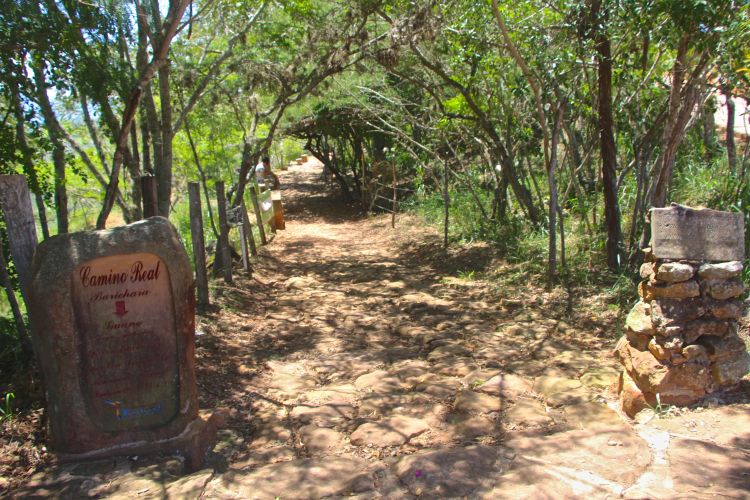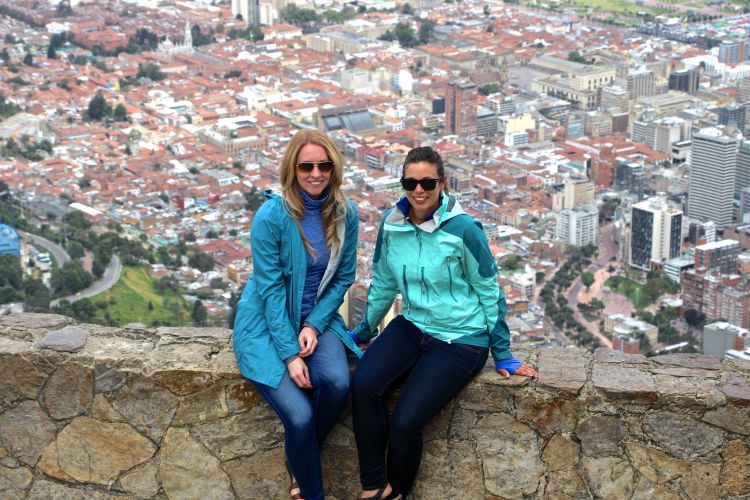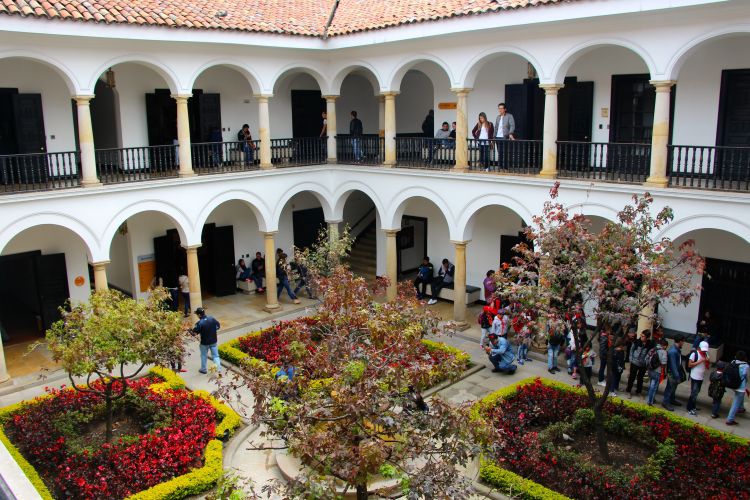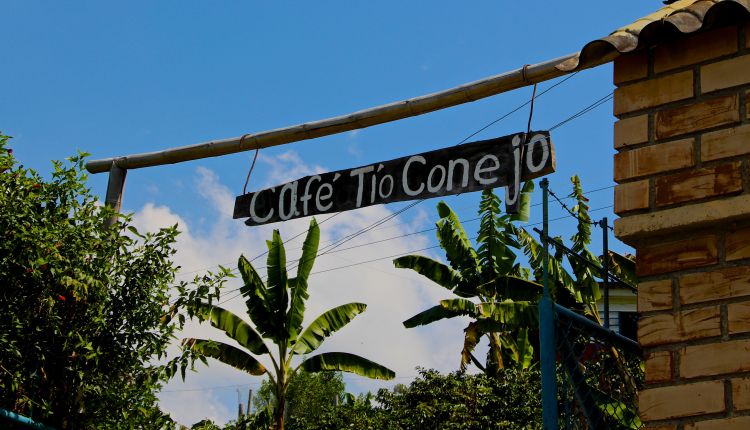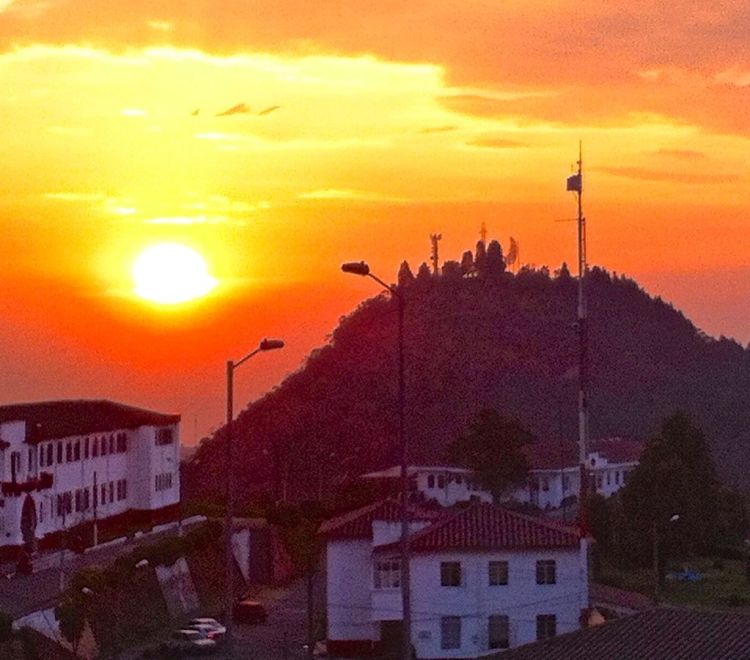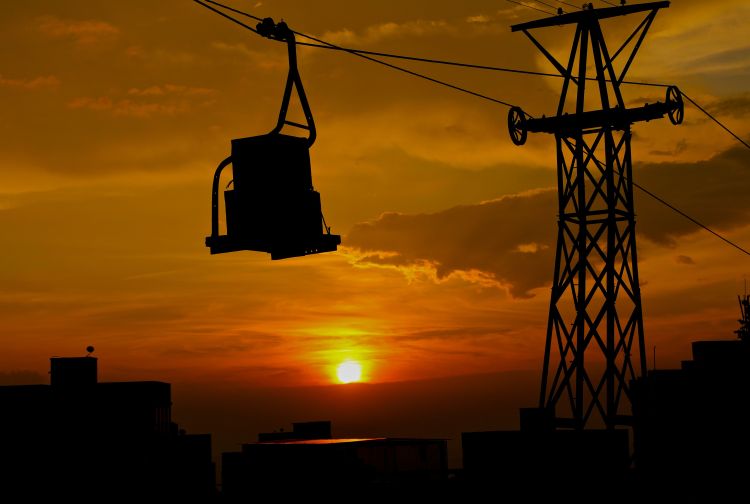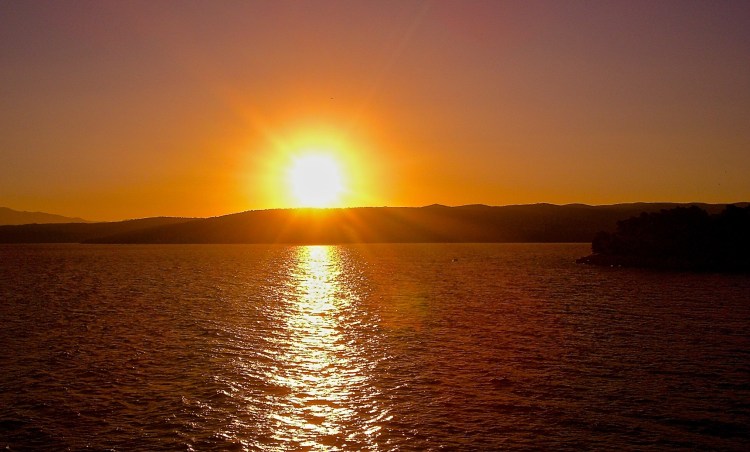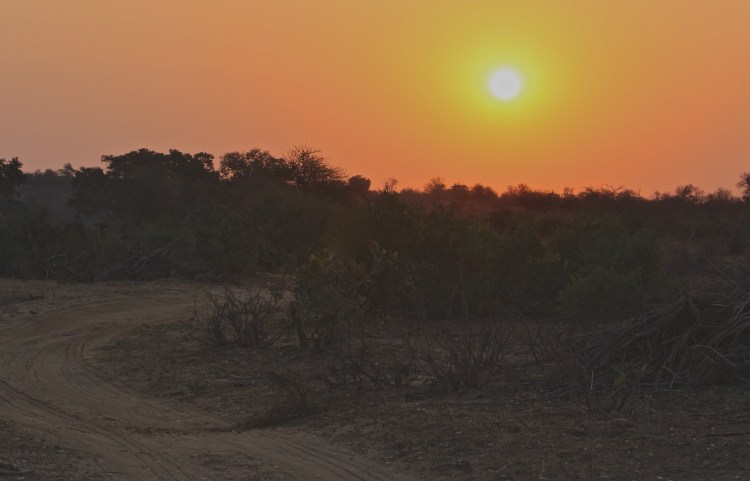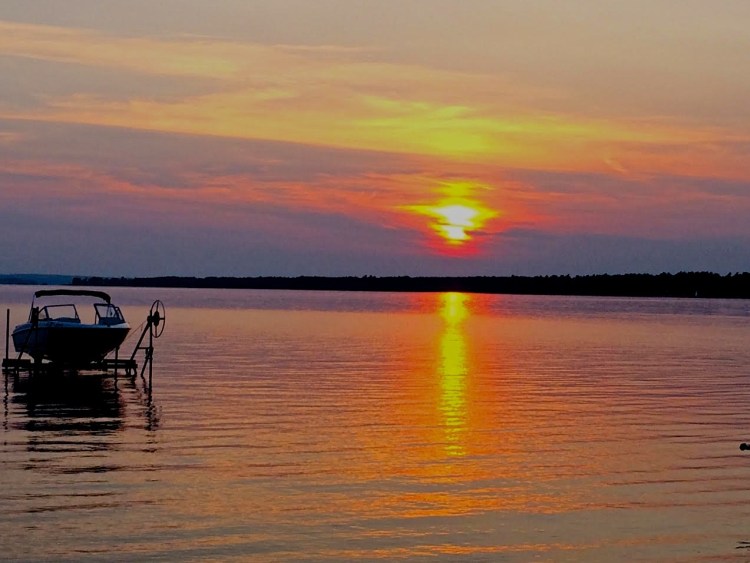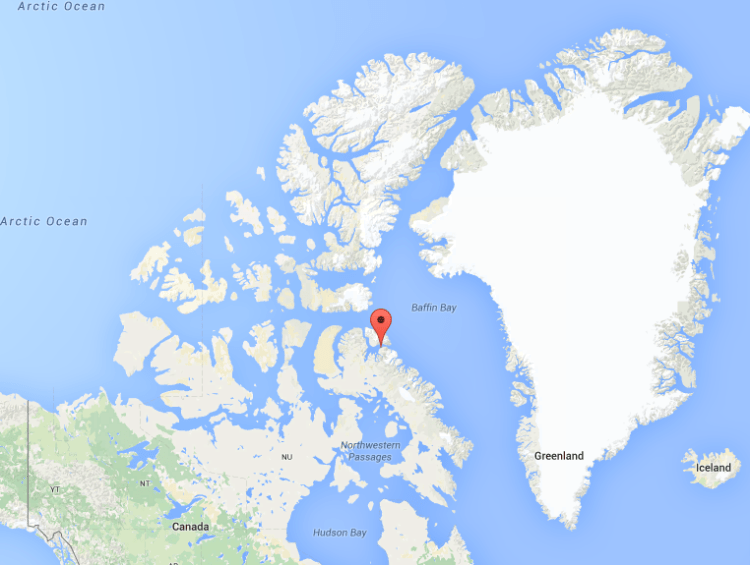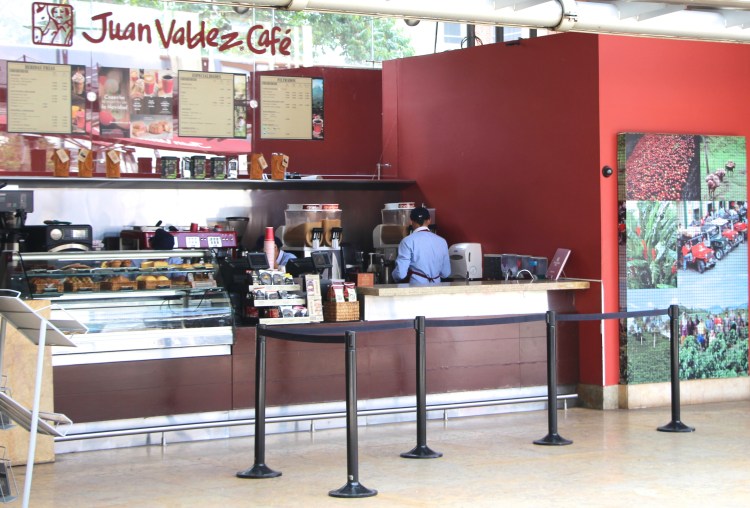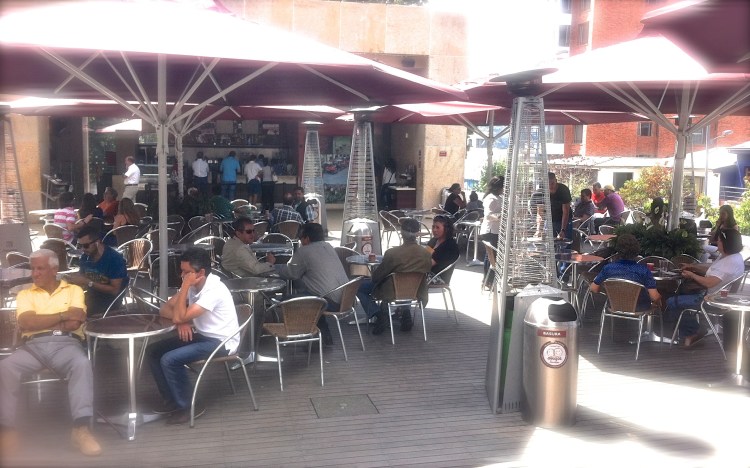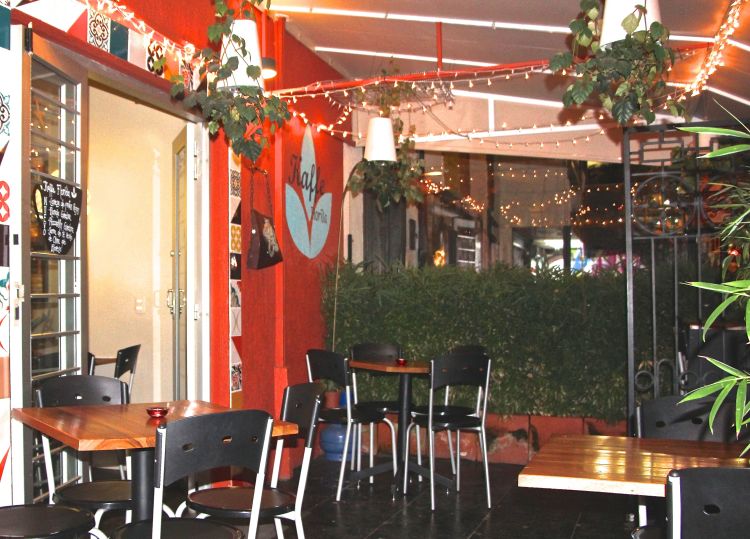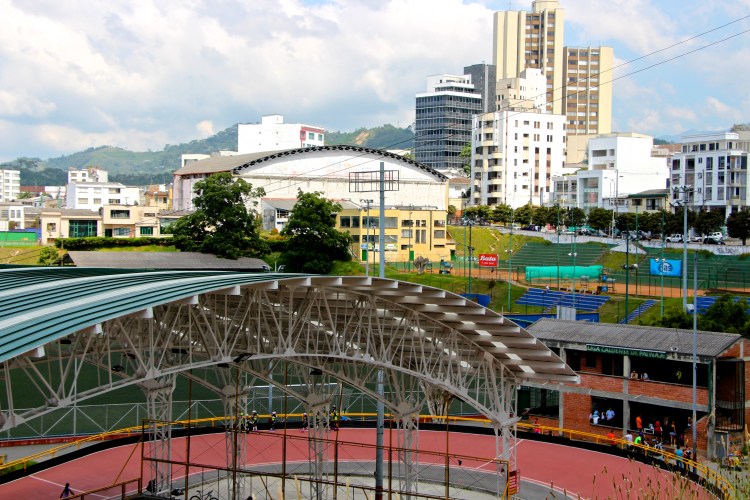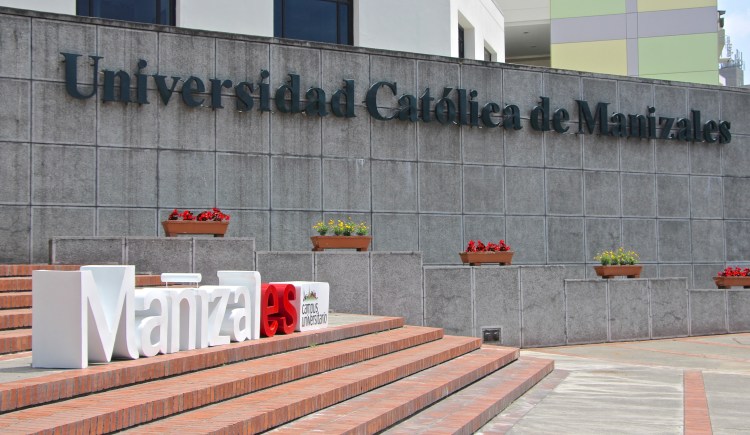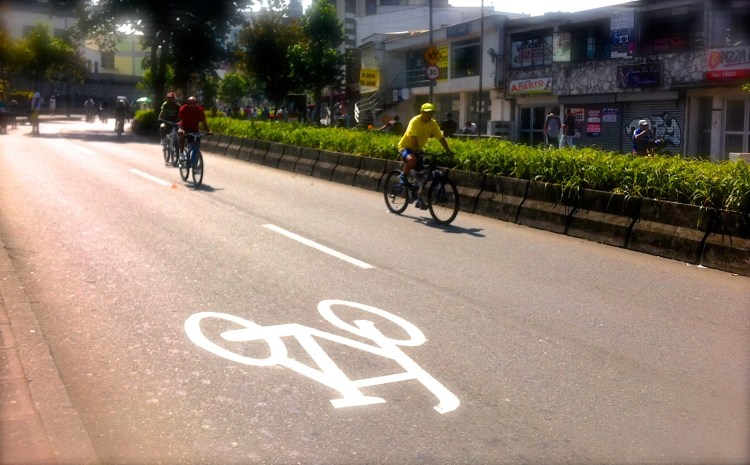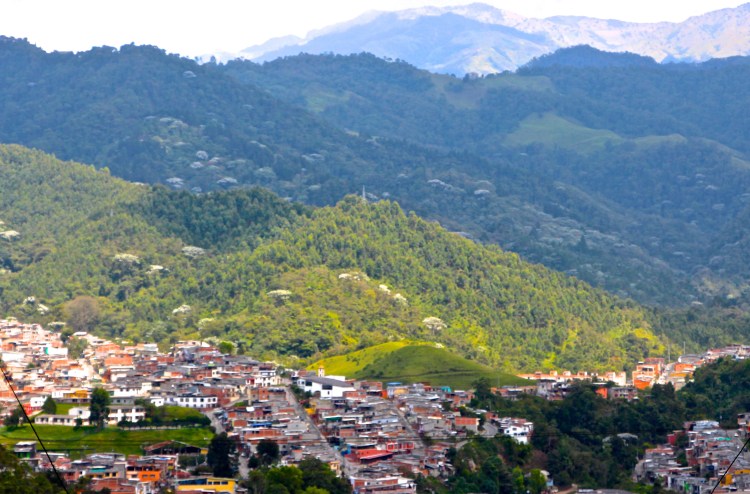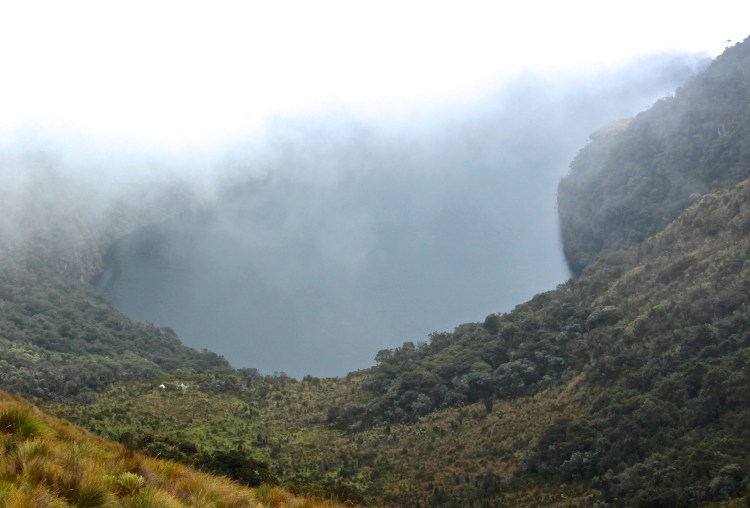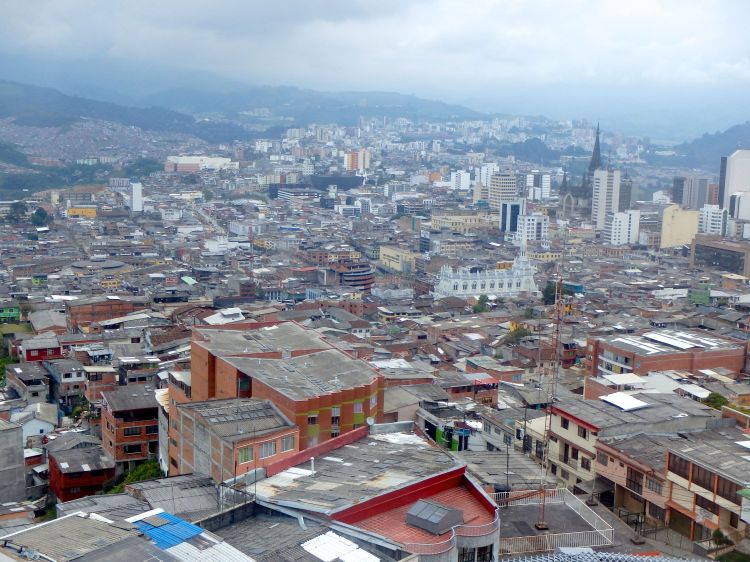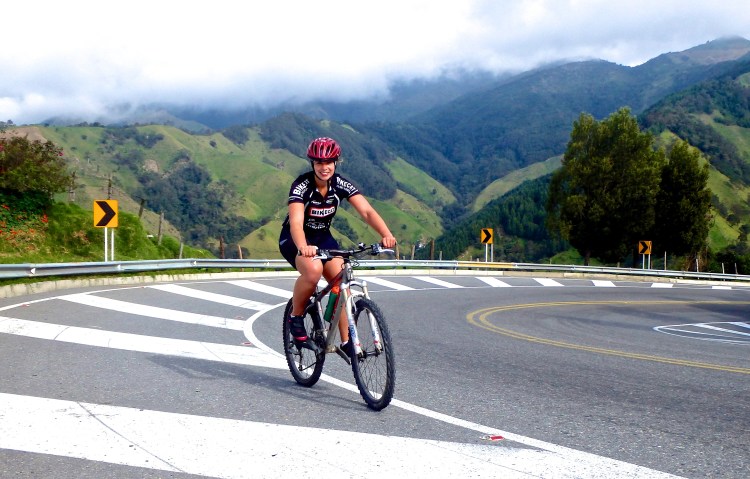
“You are perfect candidate.” Dr. Echeverri smiles. “We can schedule the surgery for two weeks.”
“Ella necesita usar las gafas durante las próximas dos semanas. Voy a examinar sus ojos el miércoles y ella puede tener la cirugía el viernes …”
The doctor starts speaking in Spanish to my school’s nurse, Maria Teresa, who has accompanied me to the appointment.
“You need to wear your glasses for two weeks. No contact lenses. Then you will need to see the doctor on Wednesday for an eye examination and your surgery will be on Friday,” she tells me.
Dr. Echeverri looks at me. “¿Tienes preguntas?”
“Any questions?” Maria Teresa translates.
“¿Cuánto tiempo…uh…no trabajo?…uh…no ejercicio?” I put my hands into fists do the running man action.
Again Dr. Echeverri smiles warmly, appreciating my efforts to speak in Spanish.
“Ummm…Friday, surgery, no trabajo. No work.” He replies. Yes, he can speak some English!
“One week, no exercise. One month, no swimming. Two months, no…ummm…deportes de contacto…” He looks at Maria Teresa for help.
“No contact sports for two months,” she tells me firmly.
*
I’ve always been curious about the possibility of getting LASIK eye surgery, but as a young Canadian struggling to build my career, pay off student loans, and scrape together the funds for world travel, it’s never been a budget priority.
“Maybe I’ll get LASIK when I’m a 30-year old professional and actually have savings,” I told my 25 year-old self. (LOL! #stillbroke)
But shortly after I moved to Colombia to teach at an international school, I learned that several of my American and Canadian co-workers had LASIK–IN COLOMBIA–and all had positive results. PLUS, at about 1, 700, 000.00 Colombian pesos (a little less than $750 CAD), it was much, much cheaper to have the surgery here as compared to in Canada or the US.
So I did a bit of research. Instead of being risky and “third-world” as I’d imagined, nearly everything I read, and people I talked to, convinced me that LASIK in Colombia consisted of high-quality doctors, cutting edge technology, and excellent patient care and treatment.Turns out, a Colombian doctor, Jose Barraquer, actually pioneered the earliest forms of the surgery in Bogota in the 1960s.
*

Two months later***, I’m at an ophthalmology office where a nurse is putting drops in my eyes to dilate my pupils for a pre-operative eye exam. This is an appointment that is usually scheduled a few days before the surgery so that the doctor can measure the refractive error, curvature of the eye, and thickness of the corneas, in order to create a map of the eye(s) prior to LASIK surgery.
My friend, Katie, is filling out some paperwork in Spanish for me, and answering the nurse’s questions about my demographic information for me, as at the time, my Spanish wasn’t good enough for me to answer myself. (Thanks Katie!)
After the drops set for about half an hour, an optometrist gestures me to put my chin and forehead against a metal device and look through a set of lenses. It takes him about five minutes to take the necessary photos of my eyes and measurements of my corneas in order for the doctor to get the final clearance for the surgery.
***(Unfortunately, I had to push back the appointment because I was attacked by a dog, and had to have two surgeries on my leg to debride the infection. Due to the potential risk of further infection, the doctor advised against putting my eyes in a vulnerable position and recommended waiting until the dog bite wound healed. This meant wearing my old, scratched glasses for two months instead of two weeks. While I could have gone back to wearing contacts for the time up until two weeks before the surgery, I decided to stick to the glasses to be safe. Contact lenses can distort the shape of your cornea, which could lead to inaccurate measurements and a poor surgical outcome.)
*
“Your vision will be perfect.”
Dr. Echeverri examines the results of the pre-operative exam. Using the measurement photos of my eye, he explains to me that the surgery will involve using a laser to create a flap in my cornea. He will then fold back the flap, remove a pre-determined amount of corneal tissue, and then lay the flap back in place. The whole procedure will take less than 15 minutes.
“No pain,” he reminds me.
*
At 9:30am on Friday, two days later, I meet my friend, Chrissie, in front of the building where the surgery is scheduled. Thankfully, she offered to go with me to the surgery, as I’m required to have a friend or family member take me home afterwards. Since my family is all back in Canada, so I am very grateful that Chrissie gave up her time to take care of me. She also had the surgery before with the same doctor, so understands my current state of anxiety.
“Ready?”
“I guess,” I say honestly. “I was getting a little panicked at the gym this morning. I kinda just decided that I wanted the surgery and hadn’t let myself think about what it would be like until now. I’m freaking out a bit.”
“It’s better than you think,” she tells me.
We go upstairs to the Ophthamology Office and are greeted by a friendly receptionist who asks me to sign some release forms (in Spanish) and pay the money I owe for the surgery. I give her about 800 000.00 pesos in cash and then take out my credit card to pay for the remainder (I had been told I could put half on card).
The receptionist shakes her head and tells me that the debit machine isn’t working. She says I could come back Monday to pay if I had to, but it would be better if I could go to a debit machine at the mall next door. Fortunately, I had been paid a few days earlier so have enough money in my account.
*
Fifteen minutes later, Chrissie and I return to the office with the cash in hand. Almost immediately, a nurse asks me to follow her into another room, helps me put my purse and shoes in a locker, and hands me a blue hospital gown. I wait awkwardly for a few minutes for her to leave.
She doesn’t.
Maybe Canadians are a little more modest when it comes to undressing in front of people.
I start taking off my clothes and the nurse immediately waves her hands no-no-no then helps me put the robe overtop of my clothes.
Oops.
Next, I’m led to a room where two other patients are lying on reclined leather chairs. There’s relaxing music playing and if one of the patients hadn’t been wearing little white plastic cones over his eyes, I would have guessed they were at a spa awaiting a pedicure.
I watch another nurse put drops into the other patient’s eyes. Then she gestures to me to sit in the vacant chair. I sit in the chair and join the “eye surgery assembly line.”
After I recline and try my best to relax, the nurse puts drops in my eyes as well.
“¿Alguien lavar los ojos?” I hear a nurse nearby say.
“¿Shannon?”
“¿SHANNON?” ¿Alguien lavar los ojos?”
“No entiendo.” I don’t understand. I don’t understand. I don’t understand.
I freak out a bit, realizing that much of my Spanish comprehension comes from being able to read facial expressions and body language.
“Umm…she wants….uh…to know if someone has washed your eyes yet,” the guy sitting beside me with the cones on his eyes translates for me.
“Oh, no. No one has washed my eyes.”
*
I’m wheeled into a surgical room on a stretcher and put underneath a machine with a bright light that makes me feel like I’m at the dentist.
Dr. Echeverri greets me and then tapes my left eye shut.
“Now look at the red light….uh..very important,” he says as he positions my right eye under the laser.
“Abierto. Abierto.”
He puts some more drops in my eyes which I presume is the anaesthetic. Then he uses a device to clamp my eyelid open. I’m still starting at the red light, which is hard to avoid looking at now that I can’t blink. I can’t feel anything as Dr. Echeverri uses a tool to mark the spot where the flap will be created on the cornea.
“A little…pressure,” he warns and as he places a suction ring on top of my eye to prevent eye movements.
“Now very important. Look at the red light. There will be…uh…twenty seconds of laser. The light will be a little…uh…blurry.”
I can feel someone–one of the nurses?–hold my hand, which makes me feel more at ease. I keep staring at the red light. It’s okay, be calm, Shan. I give myself a pep-talk and try to think of my family at the cottage and of my upcoming summer travels to help me relax. You wanted to do this, it’s okay. You won’t have to wear glasses and that’s so awesome.
CLICK-CLICK-CLICK-CLICK-CLICK. The red light becomes black and blurry, the way things would look after staring directly at the sun for too long. I can smell a slight burning smell. Then the red light looks more clear then it did before.
“Perfect. Keep staring at the red light.”
I can see a tool scraping my eye and my vision becomes a bit blurry, like someone has applied Polysporin directly to my eyeball.
He tells me to open and close my eye several times. Every time I open my eye the red light seems more clear than before.
“Everything was perfect.” I can hear Dr. Echeverri’s calm, soothing voice.
Then he tapes my right eye shut.
*
I’m back in the assembly line (that feels like a spa waiting room), sitting on a reclined leather chair. Now I’m the one with the plastic cones on my eyes, while two others are being prepped for surgery.
My eyes are tearing up a lot, partly because of all the drops that the nurses are putting into my eyes, and partly in reaction to having been recently “lasered.”But I feel no pain. I’m surprised that I can see.
Before the surgery, I had imagined having a day or two of total darkness, where I’d be in a state of uncertainty of whether the surgery worked, and whether I’d ever be able to see again. But this is not the case. I know my vision is perfect. I feel so lucky. No more glasses for me!
*
Less than an hour after the surgery, the nurse takes me into a room where Dr. Echeverri examines my eyes. I’m surprised when he asks me to open my eyes and look through a similar apparatus that had been used to examine my eyes in the pre-operative exam.
“I thought that I wasn’t allowed to open my eyes.”
“You are allowed to open your eyes to go to the bathroom and eat.” I hear Chrissie’s voice. So the next few days will not be lived in total darkness as I’d imagined.
“Ok, everything is perfect.” Dr. Echeverri reassures me with his soothing, caring voice.
Tears are running down my face from all of the drops that the nurses have put in, so I wipe them off my right cheek and then go to wipe my eye. Then I freeze, realizing that I’m about to rub an eye that had undergone a major surgery less than an hour earlier.
Dr. Echeverri looks at me in disbelief.
“That is forbidden,” he says calmly, yet sternly. “Your cornea might detach. Very dangerous.”
I feel so stupid.
He gives Chrissie instructions in Spanish which she writes down for my friends, Katie and Jill, who will be taking care of me on the weekend (thanks ladies!!). I have to put drops in my eyes every hour for the next few days, and then use them as needed for the next year (which, six weeks after the surgery, has been a couple times a day).
I’m not allowed to look at screens or read all weekend, so no cell phone, computer, or book, for the next three days, and am not allowed to exercise for one week. I have to wear sunglasses inside for a little over a week and can’t go swimming for at least a month. I’m allowed to shower but have to keep my eyes closed.
And no rubbing my eyes. EVER.
I will have to go back to see Dr. Echeverri in two days and then a couple more times in the next few weeks to make sure my recovery is advancing as expected. But I can go to work on Monday for my students’ graduation, and other than some slight discomfort, I should feel no pain.
Medicine is amazing.
*
One of the gifts of travel is that it broadens your perspective and helps you see the world through a clearer lens.
Well, living in Colombia has given me better than 20/20 vision.
Literally.
Share with your networks!


